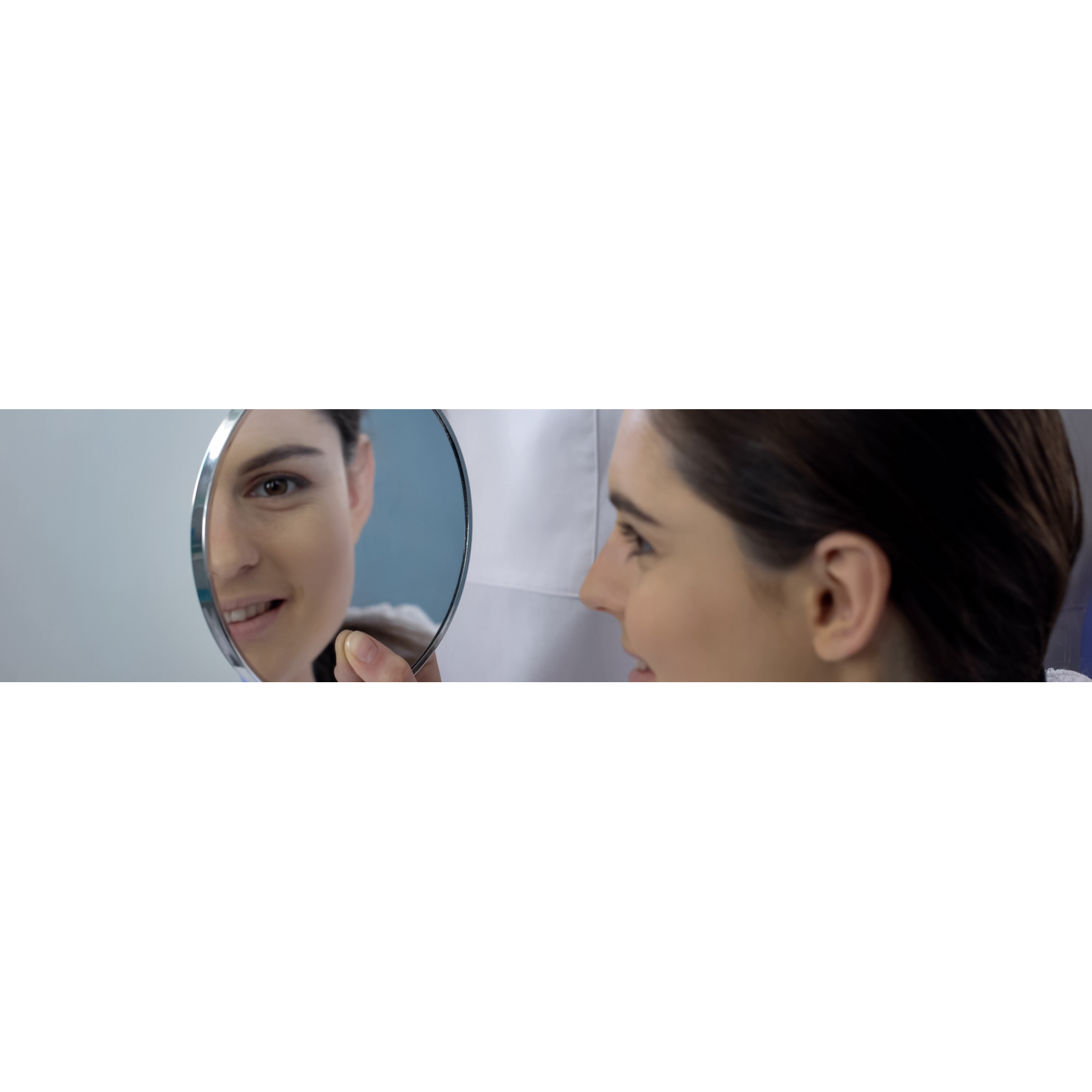Types of Nose Jobs: Which One Is Right For Me?
There are quite a few different types of nose jobs to choose from nowadays. As the popularity of rhinoplasty surgery — commonly called a nose job — has increased, more techniques have been developed.
While this gives you great options and flexibility to best choose from the different nose job types, it can also make things confusing when it comes to planning your treatment. That’s why we’ve created this dedicated guide which outlines and explains all of the different types of rhinoplasty surgery, allowing you to decide which one is right for you.
What Is a Nose Job?
First things first, it’s important to briefly outline what a nose job is. Rhinoplasty surgery is a plastic surgery procedure that aims to change the shape of your nose. This is most commonly done for cosmetic reasons and is a popular treatment among celebrities. However, a rhinoplasty can also be undertaken following an accident or injury. The treatment typically involves either reshaping, restructuring, or resizing, depending on which of the nose job types you choose.
What Are the Different Types of Nose Jobs?
As previously mentioned, there are quite a few options when it comes to planning your rhinoplasty surgery. We’ve laid out the main methods below:
1. Reduction rhinoplasty
2. Augmentation rhinoplasty
3. Post-traumatic rhinoplasty
4. Reconstructive rhinoplasty
5. Refinement rhinoplasty
6. Revision rhinoplasty
The type of nose job that you choose will be dependent on your reasons for having the surgery and your individual goals and expectations, as each method aims to tackle specific issues. We’ve outlined each of these in more detail below.
1. Reduction Rhinoplasty
This type of nose job does exactly what it says on the tin: reduce the size of your nose. This can be done by bringing down the overall size of your nose or by focusing on specific features. These features can include things like narrowing the width of your nostrils or reducing the size of the bumps on the bridge of your nose.
The most common method for carrying out a reduction rhinoplasty is by removing small amounts of cartilage or bone to bring your nose into proportion with the rest of your facial features. Of course, depending on whether your goal is to reduce the overall size, or to tackle specific features, the exact process will vary. This can be planned out in advance during initial consultations with your doctor.
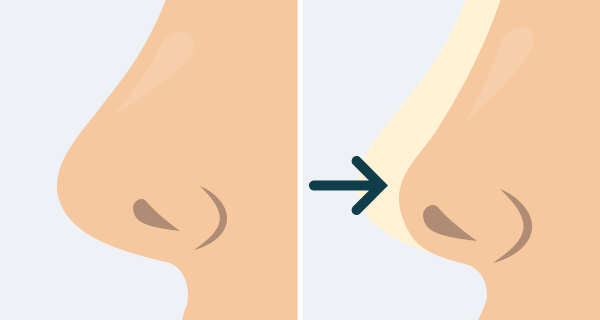
2. Augmentation Rhinoplasty
If you’re happy with the size of your nose, but don’t like the shape of some of its features, then an augmentation rhinoplasty could be the way to go. This type of nose job aims to adjust the shape of these features by using a bone or tissue grafting technique to build up either the nasal tip or the bridge.
In most cases, grafting is performed using cartilage from other parts of your nose. If there’s not a sufficient amount of tissue available for grafting then your doctor may look to alternative solutions. Synthetic implants for example, known as alloplasts, can be used to augment the nose in cases where there’s not enough natural tissue available.
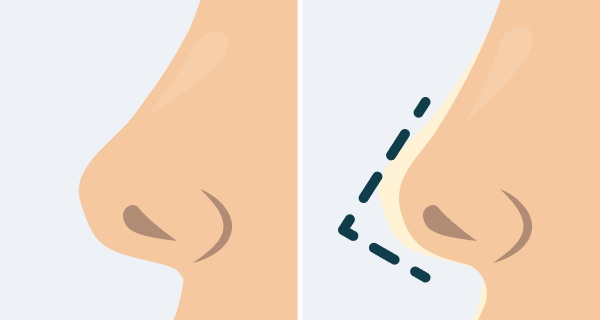
3. Post-Traumatic Rhinoplasty
As the name suggests, this type of nose job is undergone by patients who have damaged their nose. In these cases, the surgery aims to tackle both aesthetic and functionality issues following an injury. Most commonly, patients who have a post-traumatic rhinoplasty have broken their nose, however, it’s also a suitable solution for those with cartilage damage, blood clots, or internal deviations within the nose.
Generally, a post-traumatic rhinoplasty involves the re-fracturing and then re-setting of your nose. This is done to straighten out any deviations, correct the nasal septum, and clear the airways. In these cases, a rhinoplasty is combined with a septoplasty to correct the deviated septum.
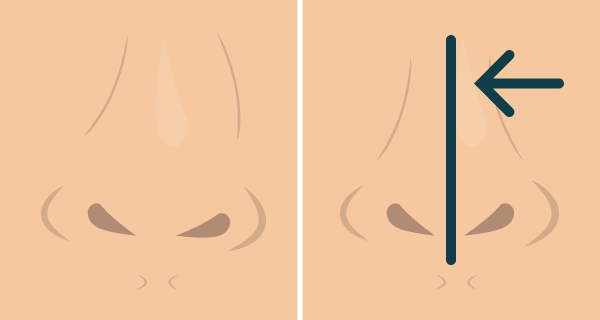
4. Refinement Rhinoplasty
One of the most common nose job types is the alteration of the nasal tip. Whether it be the degree to which it points up or down, or the roundness or pointiness of it; a refinement rhinoplasty aims to tackle this prominent part of the nose.
The steps involved vary from patient to patient based on the reasoning behind the surgery. In some cases, fat tissue is removed or repositioned, while others may have implants inserted to reshape the tip of the nose.
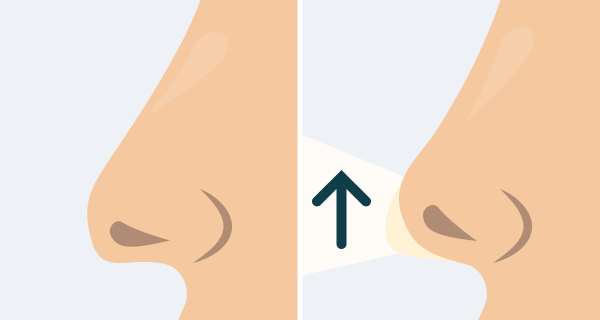
5. Reconstructive Rhinoplasty
While most types of nose jobs aim to tackle aesthetic issues, they can also be suitable in more serious medical cases. A reconstructive rhinoplasty, is a specialist technique that aims to restore damaged or lost tissue following illness or injury. Certain cancer treatments for example, can have the knock-on effect of damaging or removing parts of the nose and a reconstructive rhinoplasty aims to restore the nose following this.
To do this, a surgeon rebuilds the nose using skin grafts from other parts of the body to replace the damaged or lost tissue. Reconstructive rhinoplasty is a highly specialised procedure. Due to this, multiple surgeries may be needed over the course of several months to achieve the desired results.
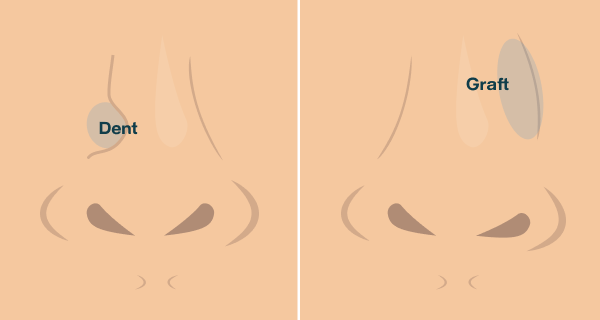
6. Revision Rhinoplasty
Our final type of nose job is what’s known as a revision rhinoplasty. This technique is used to revise a previously carried out nose surgery. Usually, this is done because either the appearance or functionality — or both — of the nose have been damaged during the previous surgery.
Types of Rhinoplasty Surgery: Which One Is Right for Me?
The type of nose job that you choose will be dependent on your reasons for pursuing the surgery and your individual goals and expectations. For example, if you’re interested in a nose job for purely cosmetic reasons, then a reduction, augmentation, or refinement rhinoplasty are the best choices. From there, you can narrow down your choices depending on the more specific aesthetic issues which you want to tackle. For instance, issues with size can be sorted through a reduction rhinoplasty, while concerns around shape can be fixed through an augmentation rhinoplasty.
Post-traumatic and reconstructive rhinoplasties are not as aesthetically focused. These techniques are more suitable for repair, whether that be following an accident, injury, illness, or surgery.
The different types of rhinoplasty can also have an effect on the overall price of your treatment. Rhinoplasty costs vary depending on the method used and the complexity of the procedure. Therefore, this is also something that should be considered and discussed with your doctor when planning which method to go for.
Interested in finding out more about rhinoplasty surgery? Not sure which country is best for treatment? Or are you ready to move forward and book your nose job? Contact us now and one of our Patient Managers will be in touch to get you started. They’ll work together with you to find high-quality, affordable treatment options based on criteria that matter to you.
Find the Right Specialist at a Fraction of the Cost
Qunomedical only lists clinics and doctors that have been thoroughly vetted with quality and affordability in mind. Contact us for your 100% free, non-binding assessment.
Disclaimer
The information in this article is for educational purposes only and does not replace medical advice. Always consult your doctor before starting any treatments.

Patient manager
Frieda
Your personal Patient Manager
Let's talk
Still unsure? Feeling overwhelmed? Talking to a real person can give you the guidance and reassurance needed. You don’t have to do it alone. Let’s find the right doctor together.
